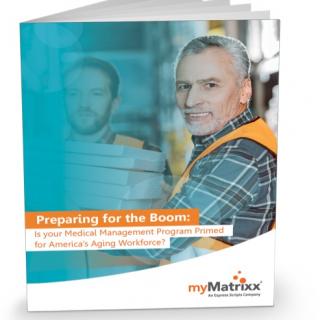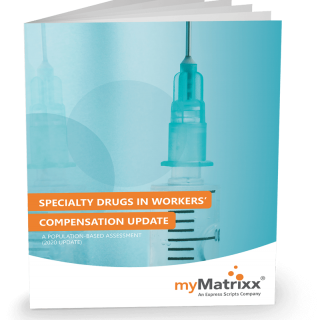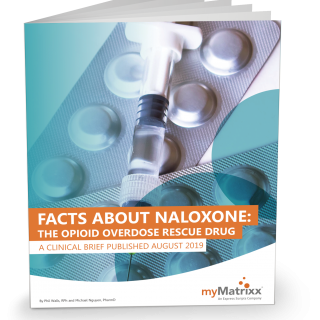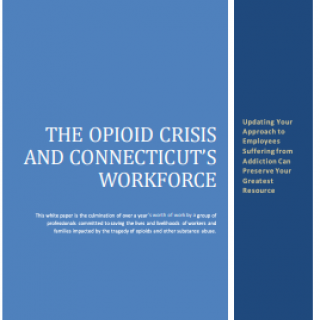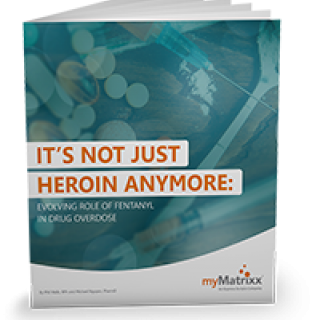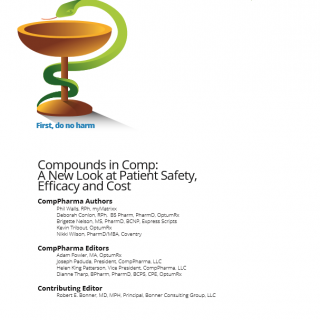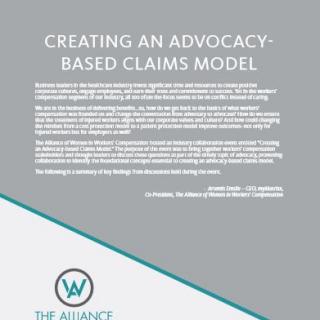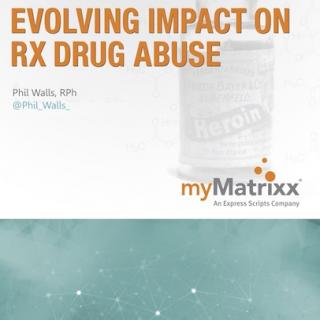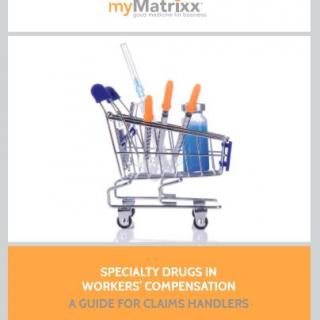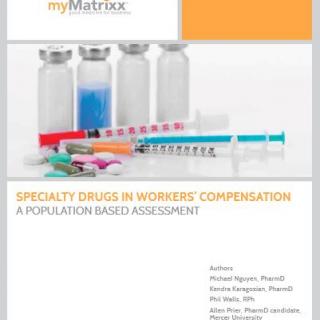Preparing for the Boom: Is your Medical Management Program Primed for America’s Aging Workforce?
Many employers are beginning to experience the early trends of a growing number of employees choosing to stay in the workforce well beyond the traditional Social Security retirement age of 66 years and two months. This informative report shares the statistics and factors behind this trend, as well as the recommendations for preventing and managing work-related injuries among older workers.
